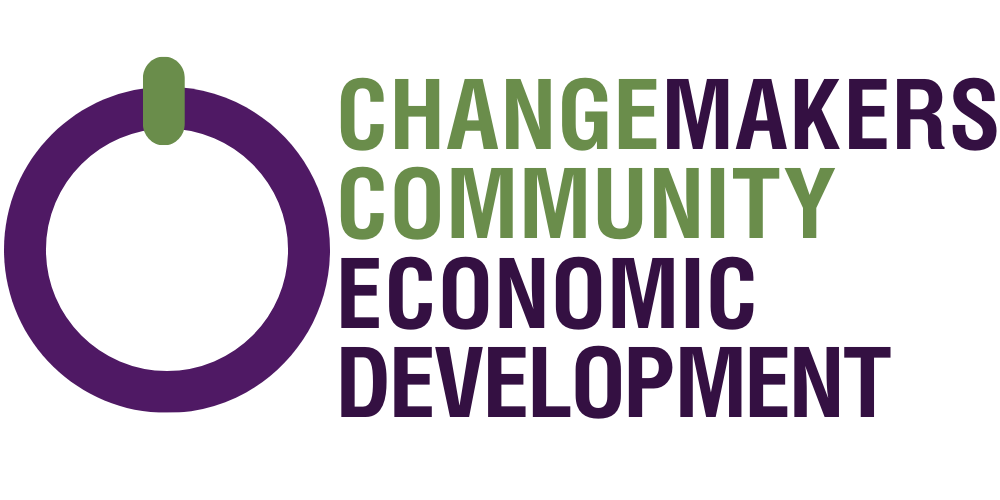Get starting on raising those funds for your nonprofit.
In 2022, the economy might not seem like it is at its prime, but some are saying that this may be one of the best years for nonprofit fundraising. With economic anxiety high and once stable organizations considering layoffs, people are looking to give back to organizations they feel passionate about - even if they don't have a lot of money to do so.
In 2021 nonprofits in the United States raised $916.8 billion in revenue and people contributed an estimated $214 billion to causes around the world. We can expect those numbers to increase as more and more nonprofits come online and take advantage of the momentum we have right now.
The big question is how do you get your hands on your share of those funds.
To answer that question, I've put together this guide to help you start fundraising for your organization. #Fundraising
Achieving the end goal of nonprofit funding is no easy task. It takes dedication, patience, and significant time investment.
Plan your fundraising efforts
Preparing to fundraise includes building a plan that prioritizes effective strategies and ensures success.
An effective fundraising plan includes the following:
Setting a goal
Building a donor base and mission awareness
Making the ask.
A timeline
Action items and who is responsible for them
Budget with financial considerations
Metrics of success and how you'll measure your progress
Setting a goal
Once you set your target amount, it's time to choose which fundraising method will be most effective for your organization.
Figure out which fundraising method will be the most effective for your organization? Will it be person-to-person asks, online solicitations, events (virtual or live), mail asks, or phone solicitations?
The most effective fundraising approach will depend on the size of your donor base, how much money you're looking to raise, what you're hoping to accomplish with the money, and how much time you have to dedicate to fundraising.
When choosing your solicitation method, it's important to remember that different approaches are better suited for attracting new donors versus raising larger gifts from existing supporters.
If you don't have a donor base start building one now. Start with your newsletter or email newsletter list. Ask your board for contact names. Look into your contact list. Build. Build. Build. your base of friends that you can then turn into donors.
You can grow your list by offering incentives or free access to information or services. Keep in mind that simply having a donor base is not enough. You must also engage your donors, provide updates and thank them for their support. Ask what you can do to improve the experience for them.
Building relationships and mission awareness
When you understand which group of people supports your mission, the next step is to build a relationship with them.
Building awareness for your cause can help to generate interest and funding.
Consider how you can share your mission with others.
How might you get the word out about what you are doing to change people's lives? There are many ways that you can get involved in sharing your mission, such as through social media sites, cause-related events or even simply developing a
Support comes in many ways.
Once you've built awareness for your cause, it's time to ask for support.
You can ask them to support by
- ask for donations
- ask family and friends
- request volunteer time
After the asking say thank you and let them know how their donation has made an impact. Stay connected with those who have invested in your mission: Be sure
Now get planning and start fundraising. If you need help let us know...maker@changemakersdevelopment.net

